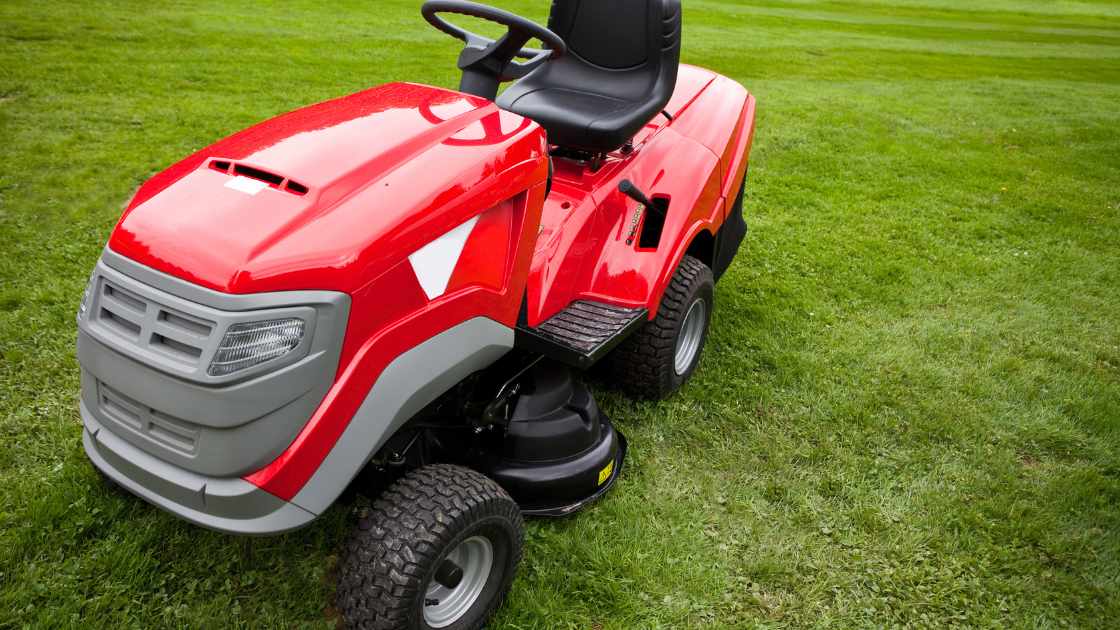Table of Contents
ToggleA Guide to Dividing Strawberry Plants for a Bountiful Harvest
When to Divide:
The best time to divide strawberry plants is in late summer or early fall, after the fruiting season has ended. This timing allows the plants to recover and establish new roots before winter. Dividing in cooler weather also reduces stress on the plants.
Materials Needed:
- Garden Gloves: Protect your hands from soil and potential irritants.
- Garden Fork or Shovel: For lifting the entire strawberry plant from the ground.
- Pruning Shears: To cut the runners and divide the plant.
- Watering Can or Hose: Ensure the divided plants receive adequate water during and after transplantation.
- Compost or Well-Aged Manure: Amend the soil with nutrient-rich organic matter to promote healthy growth.
Step-by-Step Guide:
Select Healthy Plants:
Choose strawberry plants that are healthy, disease-free, and have been producing well. Avoid plants with signs of disease or stress.
Prepare the Soil:
Ensure the area where you’ll be transplanting the divided plants is well-prepared. Amend the soil with compost or well-aged manure to provide essential nutrients.
Water the Plants:
Water the strawberry plants thoroughly a day or two before dividing. Moist soil makes it easier to lift and divide the plants without causing excessive stress.
Lift the Plants:
Use a garden fork or shovel to gently lift the entire plant from the ground. Be cautious not to damage the roots during this process.
Examine the Plant:
Inspect the plant for healthy crowns and root systems. Trim away any dead or diseased leaves, and ensure the crown is intact.
Identify Runners:
Strawberry plants produce runners, which are stems that grow away from the main plant. Identify these runners and choose healthy ones for transplantation.
Cut and Transplant Runners:
Use pruning shears to cut the selected runners, ensuring each has several leaves attached. Transplant these runners to a prepared bed, spacing them adequately.
Replant the Mother Plant:
lace the remaining portion of the original plant back into the prepared soil at the desired spacing. Water it thoroughly to help with the re-establishment.
Water and Mulch:
Water the transplanted runners and the replanted mother plant generously. Apply a layer of mulch around the plants to conserve moisture and suppress weeds.
Regular Maintenance:
Keep the divided plants well-watered during the first few weeks after transplantation. Continue regular care, including fertilizing as needed, to support their growth.
FAQ’s
When is the best time to divide strawberry plants?
The optimal time to divide strawberry plants is in late summer or early fall, typically after the fruiting season has concluded. Dividing during this period allows the plants to recover and establish new roots before the onset of winter. Cooler temperatures reduce stress on the plants, promoting a successful division and ensuring a robust start for the upcoming growing season.
What tools do I need to divide strawberry plants?
To divide strawberry plants, you’ll need a few essential tools:
- Garden Gloves: Protect your hands from soil and potential irritants.
- Garden Fork or Shovel: Use to gently lift the entire plant from the ground.
- Pruning Shears: Necessary for cutting runners and dividing the plant.
- Watering Can or Hose: Ensure the divided plants receive ample water during and after transplantation.
- Compost or Well-Aged Manure: Amend the soil with nutrient-rich organic matter to encourage healthy growth.
Having these tools on hand will make the process smoother and contribute to the overall success of dividing your strawberry plants.
How do I care for divided strawberry plants after transplantation?
After dividing and transplanting strawberry plants, it’s crucial to provide proper care for their successful establishment. Here are key steps:
- Watering: Ensure the transplants receive thorough watering immediately after planting and continue to keep the soil consistently moist for the first few weeks.
- Mulching: Apply a layer of mulch around the plants to conserve moisture, suppress weeds, and regulate soil temperature.
- Regular Maintenance: Keep an eye on the plants, removing any dead or diseased leaves. Fertilize as needed to provide essential nutrients for healthy growth.
By following these care guidelines, you’ll give your divided strawberry plants the best chance to thrive and produce a bountiful harvest in the seasons to come.
Final thought
Dividing strawberry plants is a simple yet effective way to maintain a productive and healthy strawberry patch. By following these step-by-step instructions, you can ensure that your strawberry plants thrive, producing abundant and delicious berries for years to come. Happy gardening!




